|
Across the Bridge - Oct/Nov 2017
Award-winning author Rheta Grimsley Johnson on how art has the power to transport and transform us - especially the work of Mississippi coast artist John McKellar.
Find out more about Rheta's books and read her latest syndicated columns at RhetasBooks.com. Rheta's new gallery/shop, Faraway Places, is located at 102 West Front Street, Iuka, Mississippi.
The man can write – I mean McKellar as well as Melville. You might say John is the Sybil of coast artists, with multiple personalities, defying categorization and having fun. I went to a recent “pop up” exhibition – I question that term; nothing as good as this “pops up” like a ring of mushrooms -- at the Ohr O'Keefe Museum of Art’s Creel House in Biloxi. Along with John and Kerr Grabowski of the Bay was Mary Hardy of Ocean Springs. The talent was thick enough to spread on French bread. The small cottage was so full of admiring art patrons that I had to spend a lot of time outside near the taco truck. It was exactly the kind of enthusiastic turnout that gives the coast its well-deserved reputation for artistic appreciation. 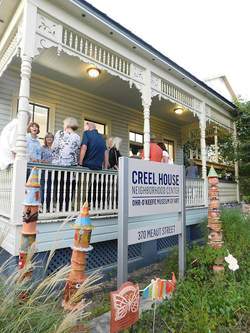
I think coast artists are a bit spoiled by such gung-ho receptions. Nobody sits alone in a gallery waiting to be noticed south of I-10. Up here, bumping on Tennessee, it’s often a different story.
I’ve spent the past year trying to start a shoestring gallery in Iuka, population 3,000. I’m making it up as I go along, and learning a lot about art and humanity. From my perspective, it would seem there are far more good but starving artists than patrons, at least in my particular neck of the woods. Almost every day, some eager artist without a place to show his or her work arrives with an excellent portfolio, often stored on a telephone. I don’t have the room or budget to accommodate all the deserving painters and photographers and potters who drop by. It is a shame, really, how much talent stays stacked up in remote studios instead of hanging on museum or gallery walls.
Just today I went with a friend to the library and had to turn on the exhibit room’s light to see some wonderful watercolors by a local artist. We were the only visitors.
I’ve puzzled much over the difference between communities that don’t just embrace but bear-hug the arts, compared to those towns that think a painting is a frill meant for rich folk. It is not. When I was a young girl, my mother bought the kind of art she could afford: two prints in cheap wooden frames of Asian street scenes. She didn’t pay money for the art, but swapped the Top Value stamps she collected at the Kwik-Chek grocery store in Pensacola, Fla. Now even at the Top Value redemption center there were more practical choices than art. Lamps, cookware, dishes. Mother, however, seemed hungry for something pretty to look at as she went about her housewifery day after day. She chose art. I can remember sitting on the floor beneath the two prints and making up stories to go along with the rather generic street scenes. In one, a beautiful woman was scurrying along, and I imagined where she might be headed. I never gave out of storylines, which sometimes overlapped with what I’d last seen on “Gunsmoke.” That’s what art does, in a way. It transports us to places we may never visit, inspires us to think about both foreign ports and home in a different light. It makes us yearn to be seaside, or in the mountains, or on top of a worn bedspread next to a yellow dog. It sometimes makes us laugh. John’s Cat Island is the South on my inner-compass, a destination hidden in my heart and head. Comments are closed.
|
Categories
All
Archives
July 2024
|
Shoofly Magazine Partners
Our Shoofly Partners are local businesses and organizations who share our mission to enrich community life in Bay St. Louis, Waveland, Diamondhead and Pass Christian. These are limited in number to maximize visibility. Email us now to become a Shoofly Partner!

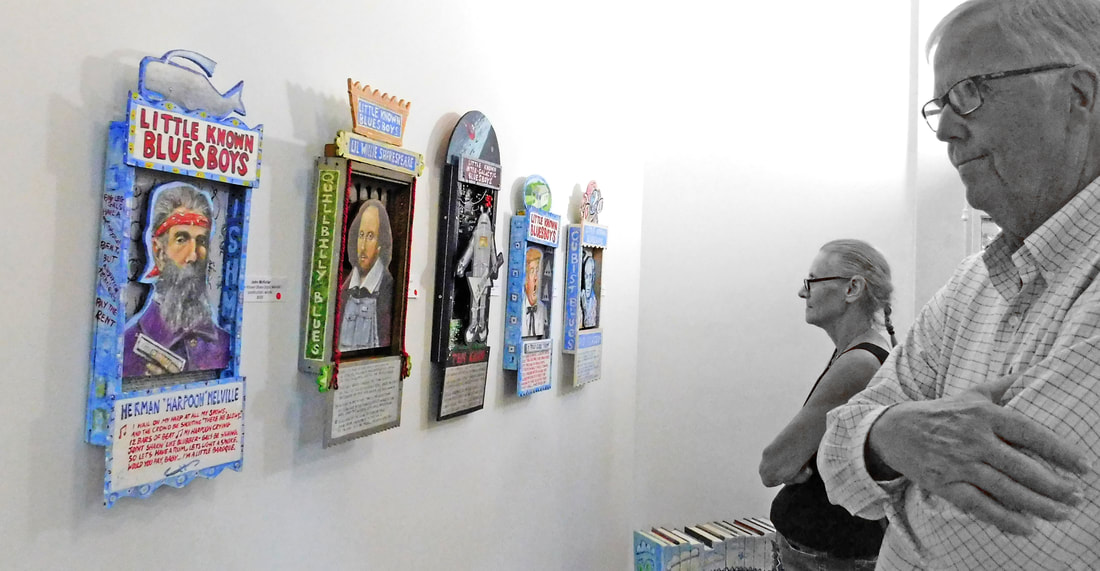
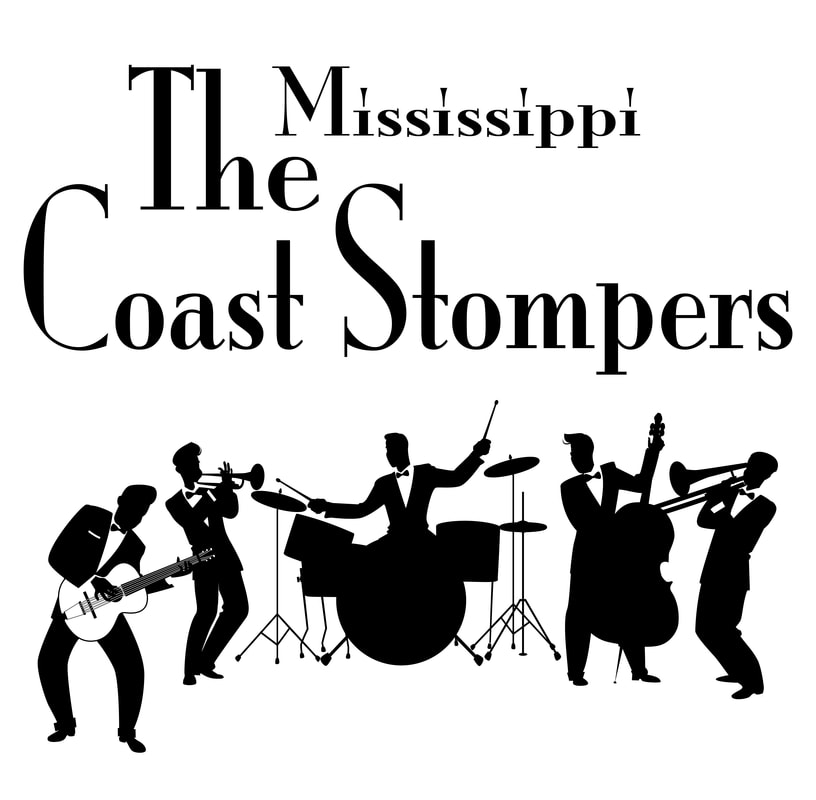
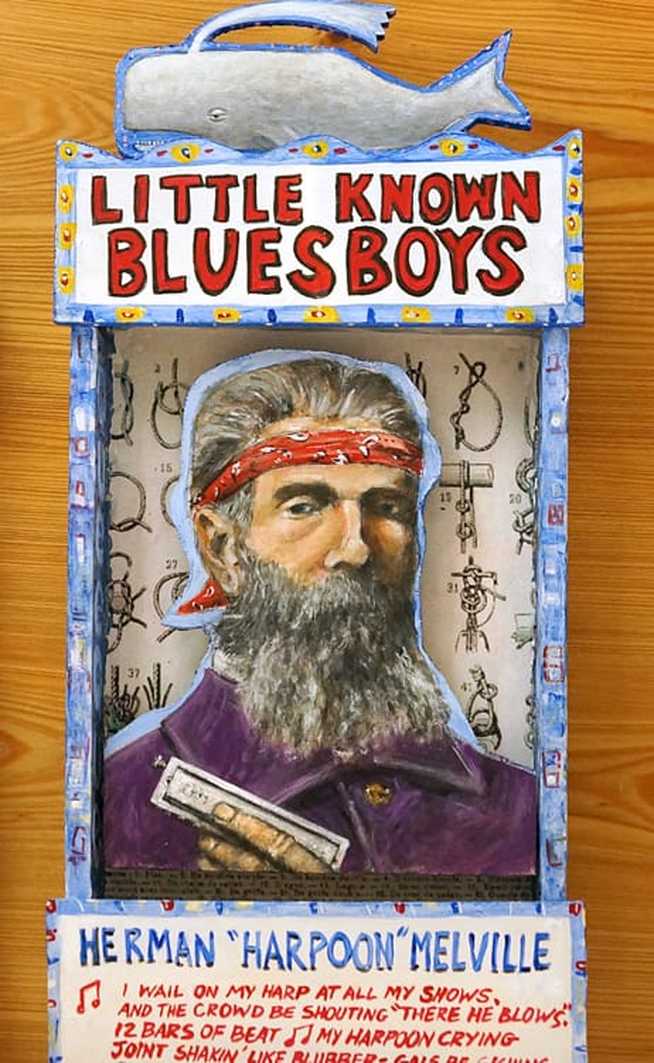
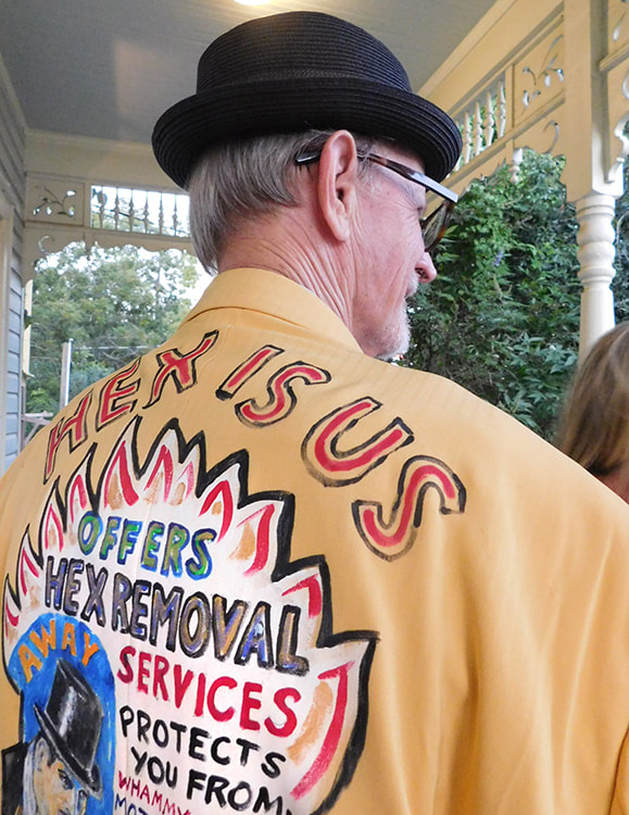
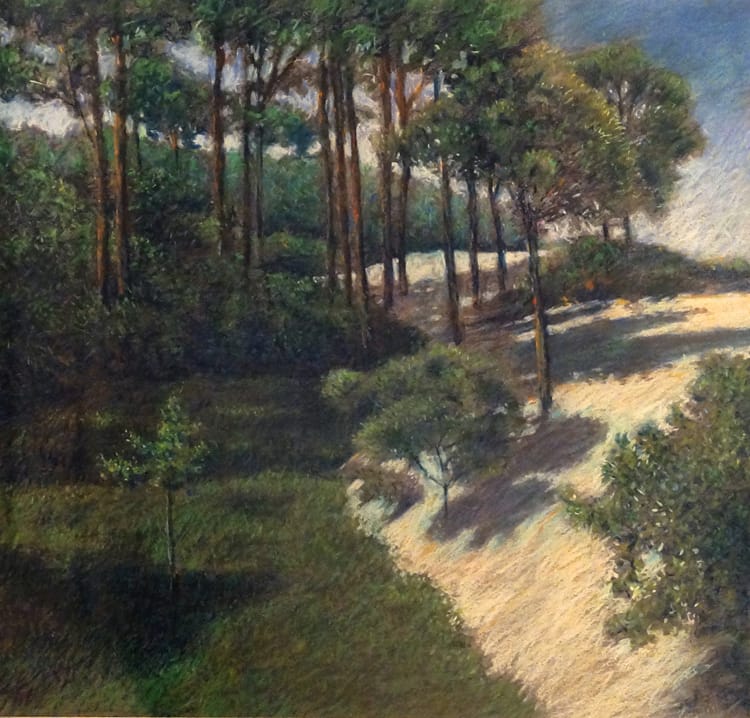
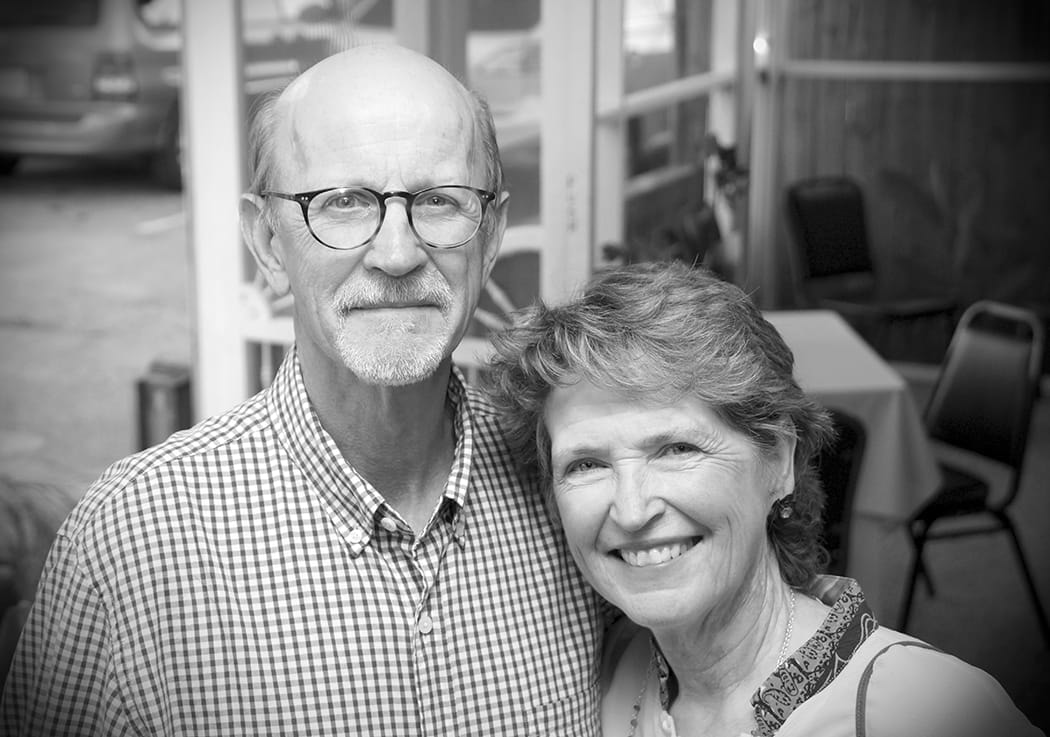

























 RSS Feed
RSS Feed























